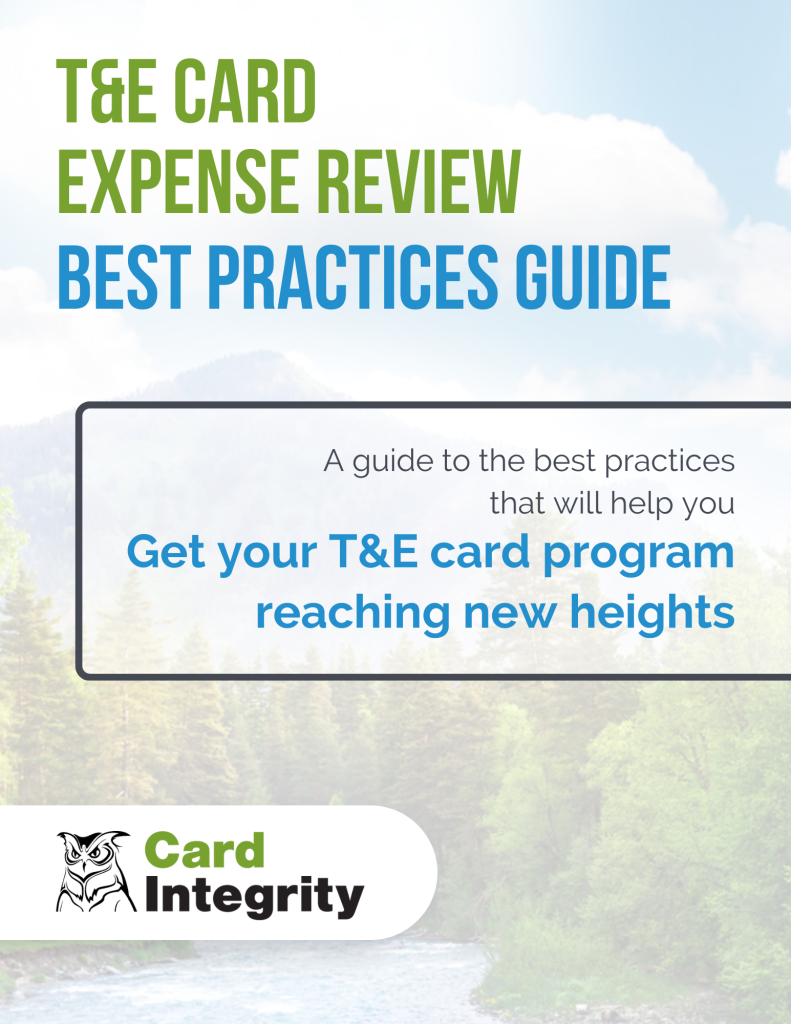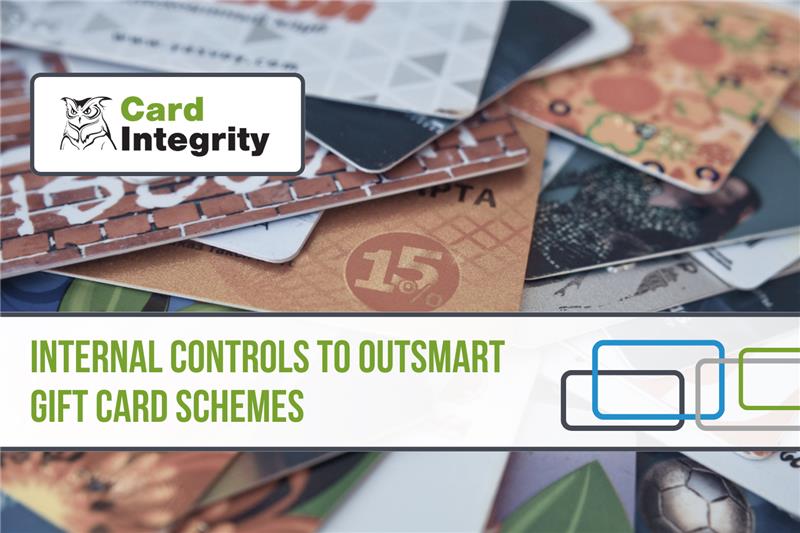In the last few years, the travel industry has seen an influx of innovations — all of which rely on the newest trends in technology. These trends are changing the way people plan their travel, how they travel, and their overall traveling experiences. If you work for an organization that involves a great deal of travel and travel expenses, for example a corporation or a university, you’ve witnessed this.
But what you might not realize is that these innovations in travel are also affecting your purchasing card (P-Card) program — and how you should be managing it.
Travel Transformed by Technology
Over the last decade or so, there have been several ways that technology has transformed the business of travel:
- Artificial intelligence and predictive analytics pave the way for automatic booking and hyper-personalization to find the best rates.
- In-room and in-flight internet connection/Wi-Fi (no longer a luxury, but an expectation).
- The provision of hardware (laptops/tablets) for use by hotel guests.
- The use of social media as a means of engagement with travelers.
- Travel-related websites for everything from getting hotel reviews and booking rooms and flights to checking schedules and itineraries.
- Smart phone apps that provide tourist information and help with planning and sight-seeing.
- “Sharing economy” business models, such as Airbnb (accommodation rentals), Uber and Lyft (transportation services), and Getaround (car sharing) that rely on apps and smart devices to perform and bill out services.
It’s this last category of innovations — and the technologies that it employs — that can have a tremendous impact on P-Card programs.
Tracking Virtual Transactions
In order to track such transactions, a P-Card program needs to be equipped with an adequate monitoring system — one that can adjust to changing policy and does not add complex procedures. Such a system would need to include at least the following:
- Additional human resources to handle the growing amount of electronic transactions as they occur.
- Software programming capable of tracking the data from such transactions, completely and accurately.
- New procedures and training to address these types of expenditures and ensure proper usage by cardholders in these situations, as well as proper documentation (whether that be on paper or electronic as well).
Aside from the typical (albeit necessary) bookkeeping of the amounts being spent, thorough tracking of these transactions can also help you to become aware of cardholders’ trends and habits. Tracking transactions can be equally important and extremely useful in planning your P-Card program and its strategies.
Are your cardholders using sharing-economy businesses, and if so, how often and when? Is such use beneficial to your company’s bottom line, or is it a convenience that is dragging down your budgets? Are the report statements being handed in by employees reconciling with the electronic receipts from the vendor? Are any of these expenses personal in nature? All these questions and more can be answered by vigorous monitoring.
Will Your P-Card Program Keep Up?
In 2017, when the subject of this article was originally conceived and published, we claimed that “virtual” electronic transactions are the wave of the future. In 2025, we have been correct on that front. They show up in an ever-increasing fashion in your business expenses and on your P-Card statements. Is your P-Card program, as it stands, designed to handle those transactions? Or is it still propping itself up on outdated tech?
Unfortunately, as amazing and helpful as new technology can be, it can also bring along with it new challenges. But fortunately, Card Integrity has solutions that can keep innovations in the travel world from becoming a burden for your company card program.
As these electronic transactions become more and more commonplace, Card Integrity’s monitoring systems can supply both the manpower and the software necessary to address the growing needs technology will place on your P-Card program. Our monitoring solutions help your P-Card program maintain its effectiveness by keeping a lookout for improper use and fraud, while finding opportunities to optimize savings, increase efficiency, and plan for the future.
Due to the integrated nature of our solutions, Card Integrity monitors transactions based on your policies and procedures to address any data trends or patterns from new technologies — and then can assist in communicating that information to your cardholders via comprehensive training.
Additionally, we created a powerful resource to help you get your T&E program up and running. To get more tips and advice on managing your travel card expenses, check out the Card Integrity T&E Best Practices eGuide. Download it for free below!
Article originally published in 2017. Updated September 9, 2025 with new information and resources.




